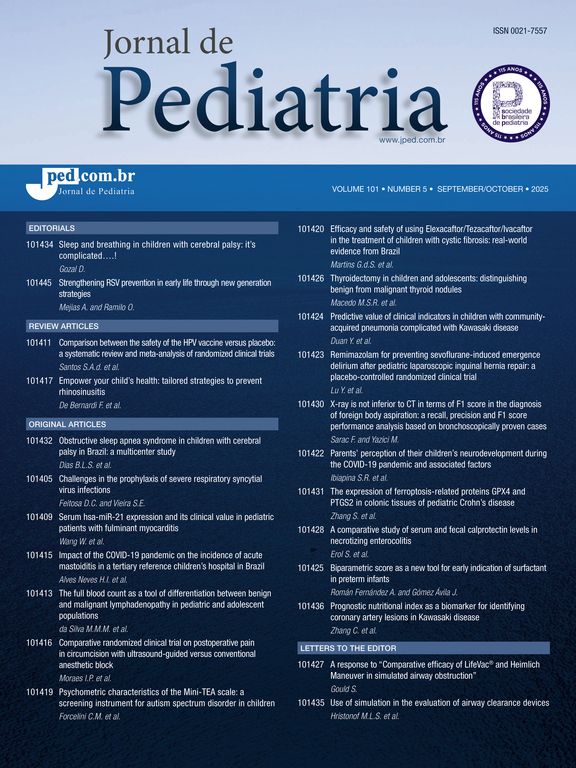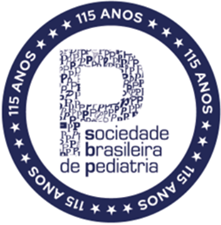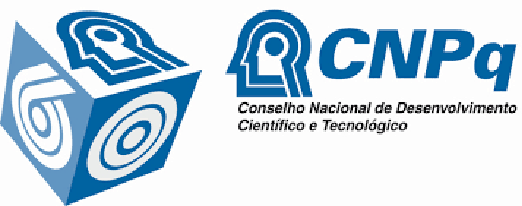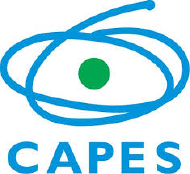From march 1989 to march 1992, three hundred and fifty six respiratory endoscopies were performed at -Hospital da Criança Santo Antônio-, Porto Alegre, Brazil. The endoscopies were performed with a rigid pediatric bronchoscope and under general anaesthesia. The most common indications for endoscopy were stridor (52%), suspected foreign body (16%), atelectasis (16%) and difficult tracheal extubation (8%). The most frequent diagnosis were laryngomalacia (36%) and subglottic stenosis (6%) in the glottic and subglottic areas, and foreign body (9%) and tracheomalacia (7%) in the tracheobronchial area. Normal endoscopy was observed in 54 (21%) of the children. Only three slight complications of the endoscopy were observed. Two patients presented bradycardia during the exam, and the third needed tracheal intubation due to post-endoscopic subglottic edema. This confirms that the rigid endoscopy in children is efficient and has no serious complications.
The Impact Factor measures the average number of citations received in a particular year by papers published in the journal during the two preceding years.
© Clarivate Analytics, Journal Citation Reports 2025
SRJ is a prestige metric based on the idea that not all citations are the same. SJR uses a similar algorithm as the Google page rank; it provides a quantitative and qualitative measure of the journal's impact.
See moreSNIP measures contextual citation impact by wighting citations based on the total number of citations in a subject field.
See more







